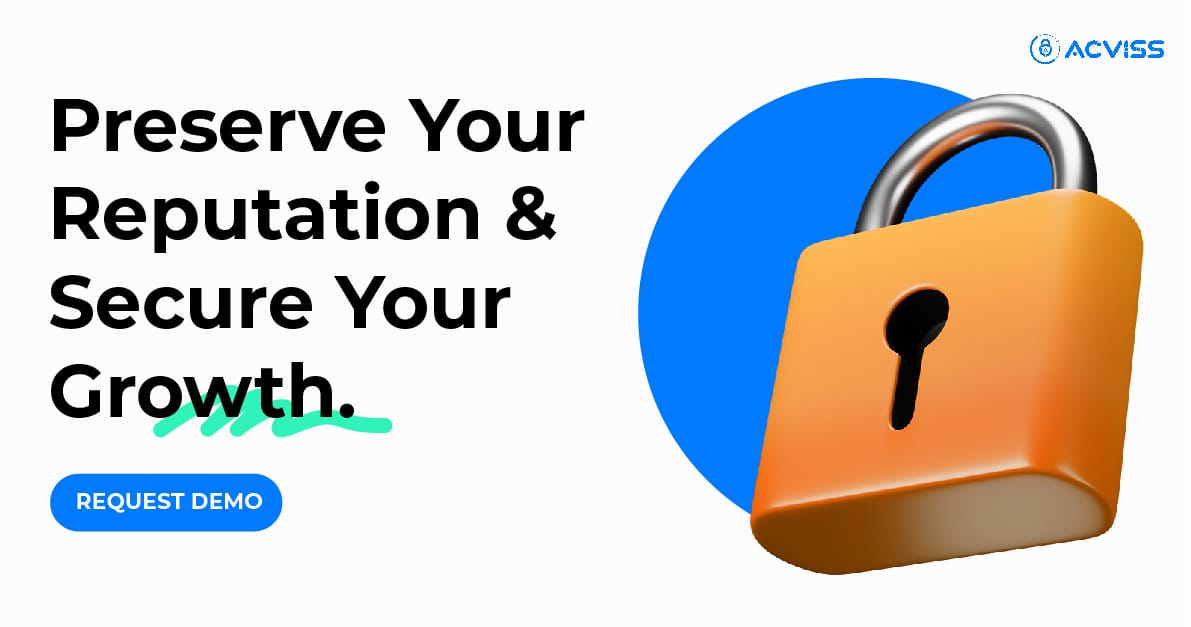6 Biggest Counterfeiting Threats to Global Brands And How to Fight Them

Counterfeiting isn’t just a knockoff handbag on a street corner anymore. It’s a multi-billion-dollar global enterprise that infiltrates industries from pharmaceuticals to electronics, costing brands not only revenue but also their reputation, customer trust, and legal standing.
With digital supply chains, global eCommerce, and sophisticated forgery techniques, counterfeiters have gone from basement bootleggers to organised crime syndicates using AI, 3D printing, and cross-border logistics. Brands, regardless of their size, are under siege.
Let’s break down the five biggest counterfeiting threats global brands face today and explore advanced, actionable strategies to combat them.
1. Online Marketplaces and Social Media Scams
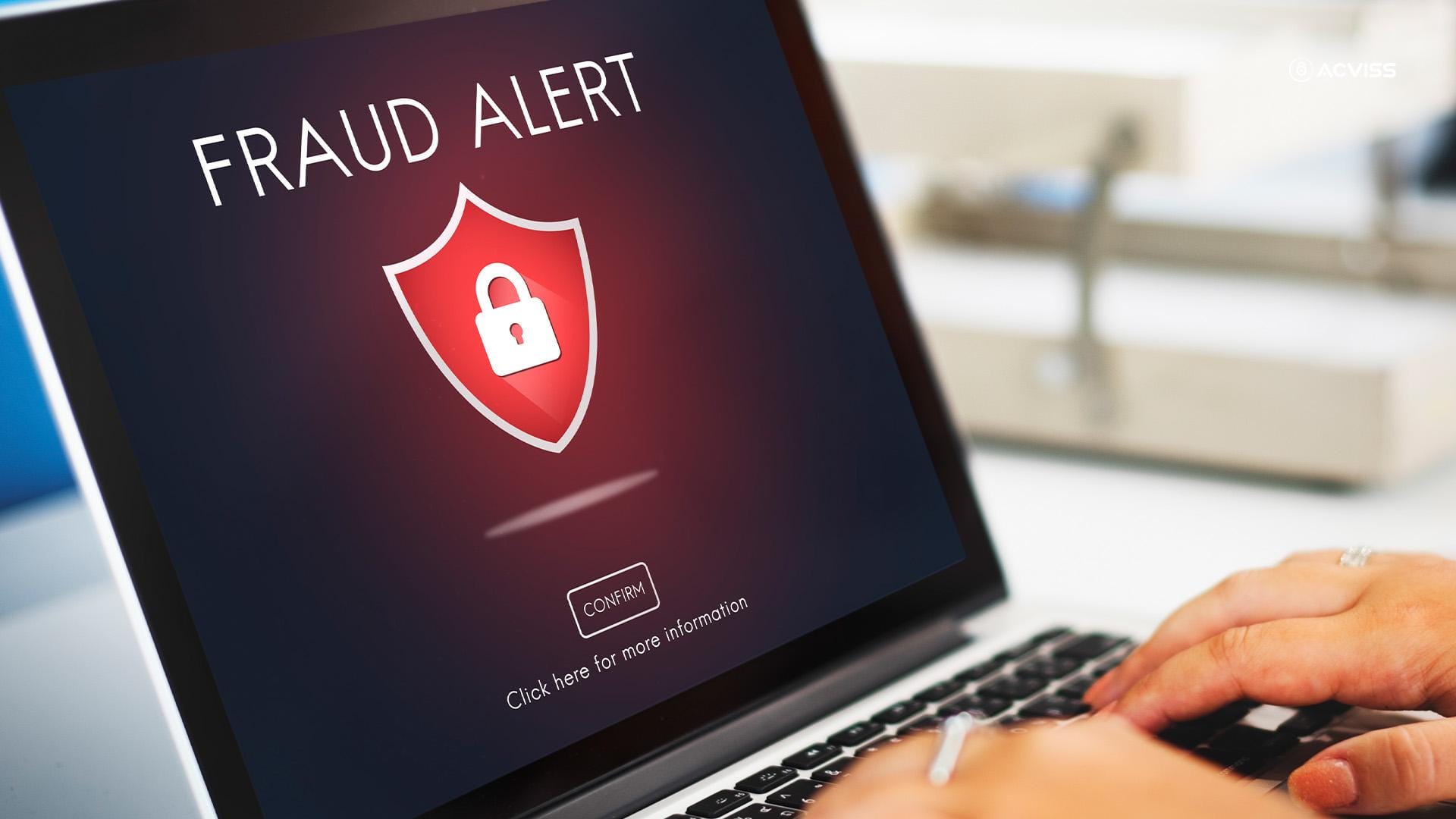
The Threat:
E-commerce has opened a lucrative gateway for counterfeiters. Fake products flood platforms like Amazon, Alibaba, and eBay, masquerading as genuine goods. Social media platforms, including Instagram and TikTok, have also become breeding grounds for counterfeiters, using influencer marketing tactics to deceive consumers.
Fake listings often showcase high-quality images, fake reviews, and deeply discounted prices to lure customers. Since many of these platforms lack stringent verification mechanisms, counterfeiters can easily operate across multiple accounts, evading detection.
How to Fight It:
AI-Powered Brand Monitoring: AI-driven tools like image recognition and NLP (Natural Language Processing) algorithms can scan e-commerce sites and social media for suspicious listings, logos, and brand names, flagging counterfeit products instantly.
Takedown Mechanisms: Implement aggressive reporting mechanisms and work with legal teams to initiate DMCA takedowns or collaborate with platforms for swift action against infringers.
Consumer Awareness Campaigns: Educating consumers through official brand channels about how to distinguish real vs. fake products can help reduce demand for counterfeits.
Acviss’s Truviss uses AI and machine learning to continuously scan online marketplaces, social media, and product listings for fake products. With automated takedowns and real-time monitoring, brands can proactively protect their digital presence and eliminate counterfeits before they reach consumers.
2. Supply Chain Vulnerabilities
The Threat:
Complex and globalised supply chains provide counterfeiters with multiple entry points. Fake components infiltrate logistics networks, from raw material procurement to manufacturing and distribution. Many counterfeits originate from grey markets or unauthorised subcontractors who dilute product integrity.
How to Fight It:
Blockchain-Based Track and Trace: Blockchain provides an immutable ledger where every transaction, from raw material sourcing to final sale, is recorded. This ensures end-to-end traceability and prevents unauthorised alterations.
Non-Cloneable Security Labels: Advanced tamper-proof labels with QR codes, NFC, or RFID chips allow customers to verify authenticity instantly.
Strict Supplier Audits: Regular vetting, compliance checks, and geo-tagging of suppliers reduce the risk of counterfeits entering legitimate supply chains.
3. Counterfeit Pharmaceuticals and Health Products
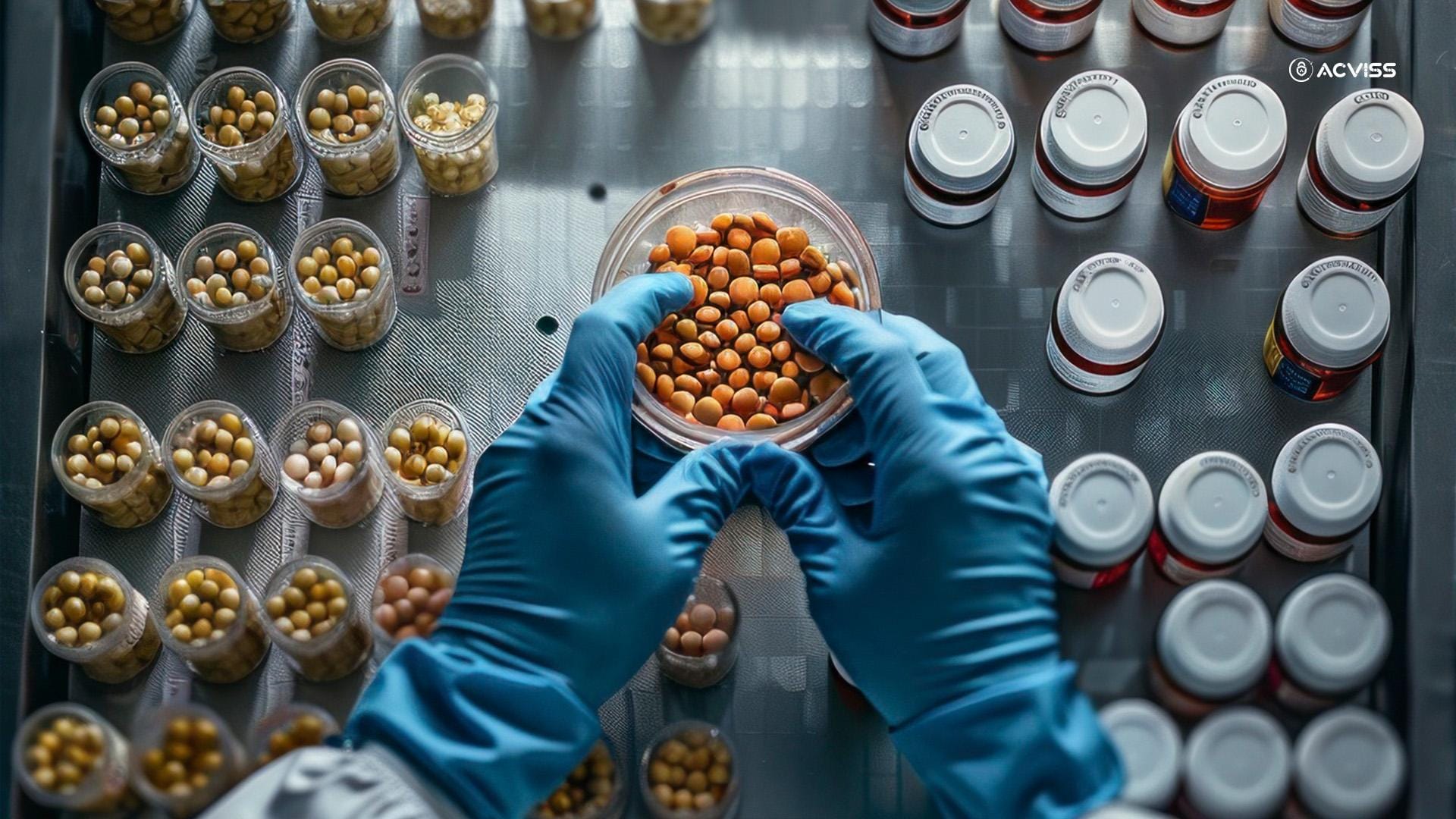
The Threat:
The rise of counterfeit medicines is not just a brand problem; it’s a humanitarian crisis. According to the WHO, 1 in 10 medical products in low and middle-income countries is substandard or falsified. From COVID-19 vaccines to skincare serums, counterfeit health products put lives at risk and expose brands to lawsuits, recalls, and irreparable trust erosion. Pfizer has had to fight fake Viagra for decades. In 2022 alone, authorities seized over 3 million fake Pfizer pills across Southeast Asia.
How to Fight It:
- Deploy Serialisation: Assign a unique code to each product unit, which can be tracked from manufacturing to the final consumer. Many countries now mandate serialisation for pharma under DSCSA or EU FMD regulations.
- Use Tamper-Evident Packaging + Smart Labels: Advanced labels change color when opened or exposed to certain temperatures, indicating tampering. Combine with digital verification for airtight control.
- Partner With Law Enforcement & NGOs: Collaborate with organisations like Interpol’s Operation Pangea or the Pharmaceutical Security Institute to share intelligence and push for cross-border crackdowns.
4. Fake Luxury Goods & Fashion Knockoffs

The Threat:
From streetwear to designer bags, the fashion industry loses an estimated $50 billion annually to counterfeiting. Counterfeiters now mimic stitching patterns, replicate authentication cards, and even use stolen factory molds to create near-identical copies.
With fast fashion blurring the lines of design originality, counterfeiters capitalise on both brand equity and consumer confusion. In 2021, Chinese authorities uncovered a massive underground ring producing fake Louis Vuitton, Gucci, and Hermès items, seizing over $14.3 million worth of merchandise.
How to Fight It:
- Adopt Digital Fashion IDs: Luxury brands like LVMH are adopting Aura Blockchain Consortium, a private blockchain that tracks ownership history and authenticity for every item.
- Deploy AI Image Recognition: Platforms like Entrupy use machine learning to scan and verify luxury handbags in seconds based on micro-level patterns and textures.
- Limit Overproduction and Unauthorised Sales: Many counterfeit items come from the same factories used by brands themselves. Tighter supply chain governance and vendor audits are essential to prevent leakage.
With Certify, brands can integrate unique authentication codes into luxury goods, allowing customers to verify authenticity via a quick scan. Acviss’s blockchain-backed technology ensures that counterfeits cannot infiltrate supply chains.
5. Industrial Parts and Electronics Duplication

The Threat:
Counterfeiters are not just after the glamorous stuff. Fake automotive parts, semiconductors, batteries, and even aerospace components are infiltrating global supply chains, posing serious safety hazards.
A counterfeit brake pad or lithium-ion battery can cause catastrophic failure. The worst part? These components often make their way through multiple intermediaries before installation, making detection difficult and accountability murky. Boeing reported receiving counterfeit titanium components in 2023 that were certified as authentic by a supplier’s fake documentation.
How to Fight It:
- Supply Chain Digitisation: Implement track-and-trace technologies like blockchain, digital twins, or tamper-evident barcodes to record every part’s journey.
- Authenticate Through Digital Fingerprinting: Companies like Alitheon use AI to create unique optical signatures of physical items, no need for additional tags or labels.
- Mandate Supplier Audits and Tier-N Transparency: Go beyond Tier 1 vendors. Map your entire supply chain and enforce quality standards at every touchpoint using tools like Sourcemap.
5. Grey Market Diversion and Parallel Imports
The Threat:
Grey market goods, authentic products sold outside authorised distribution channels, can be as damaging as outright fakes. These products, often intended for a different region, might have altered compositions, different warranty conditions, or compromised packaging.
How to Fight It:
Geo-Tagged Unique Identifiers: Implementing serialisation that tracks products' intended markets ensures that diverted goods can be traced.
Smart Contracts for Distribution Compliance: Blockchain-powered smart contracts can automatically verify if distributors adhere to regional sales agreements.
Pricing and Channel Control Strategies: Adjusting regional pricing and distributor exclusivity agreements can help curb the profitability of grey market diversion.
6. Counterfeit Certificates and Regulatory Compliance Forgery
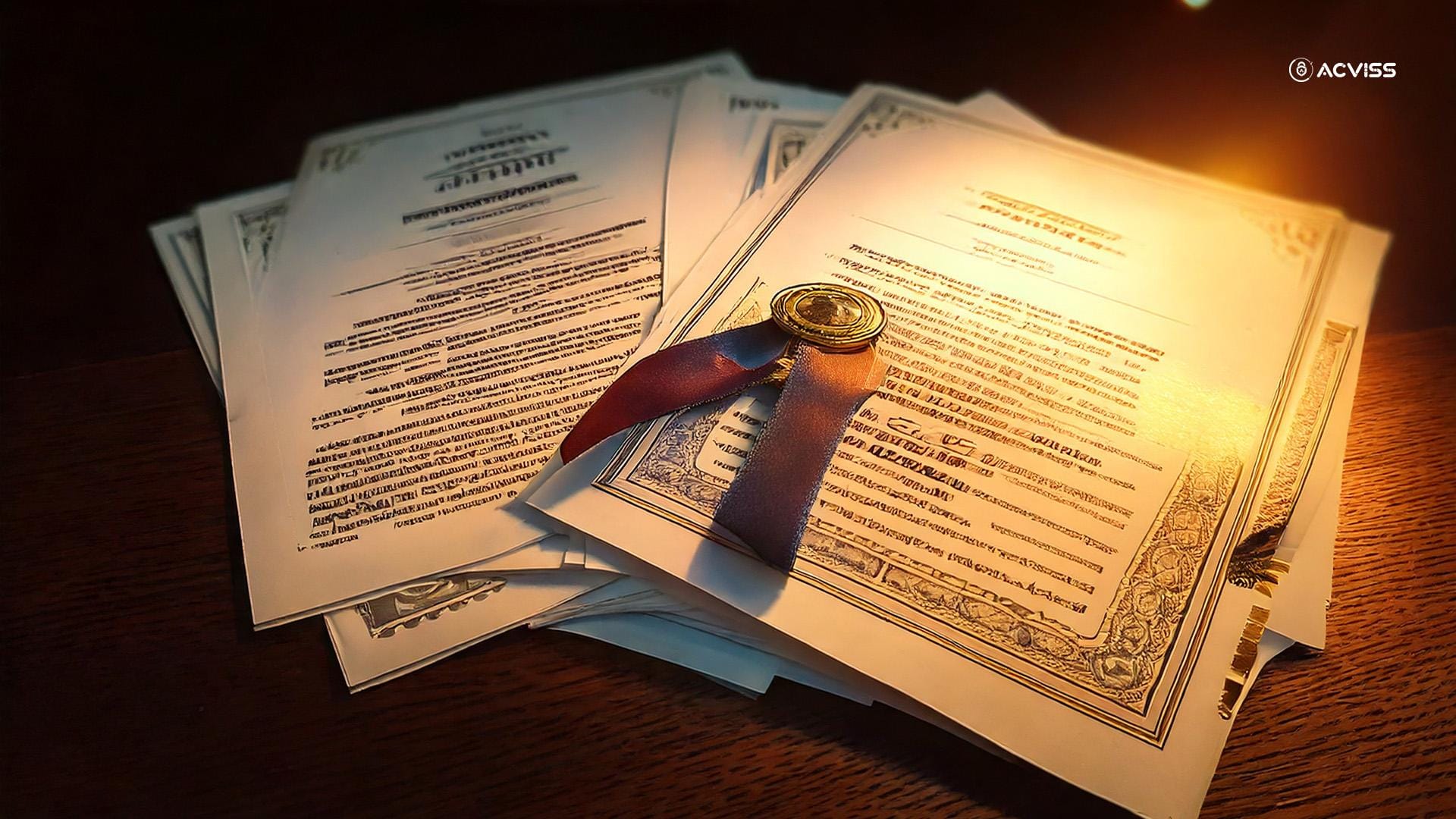
The Threat:
Counterfeiters have become skilled at faking not just products, but the paperwork too. Fake ISO certifications, lab test reports, green certifications (like “organic” or “eco-friendly”), and even CE marks are now part of the counterfeit ecosystem.
These forgeries erode consumer trust, expose brands to regulatory action, and jeopardise global trade relationships. In 2020, authorities in India busted a gang issuing fake BIS certification for electronics, allowing substandard and dangerous goods into the market under false legitimacy.
How to Fight It:
- Digitise Compliance Verification: Use blockchain-based certificate repositories or partner with services like Truepic or Certilogo that verify the legitimacy of third-party certificates.
- Use Watermarked & Encrypted Documents: Implement digitally signed PDFs with traceable metadata, unique QR identifiers, or document verification APIs.
- Educate Your Distributors and Retailers: Many distributors unknowingly buy and resell items with fake certifications. Provide them with easy-to-access verification portals and real-time alerts on fraudulent paperwork.
Building a Holistic Anti-Counterfeiting Strategy
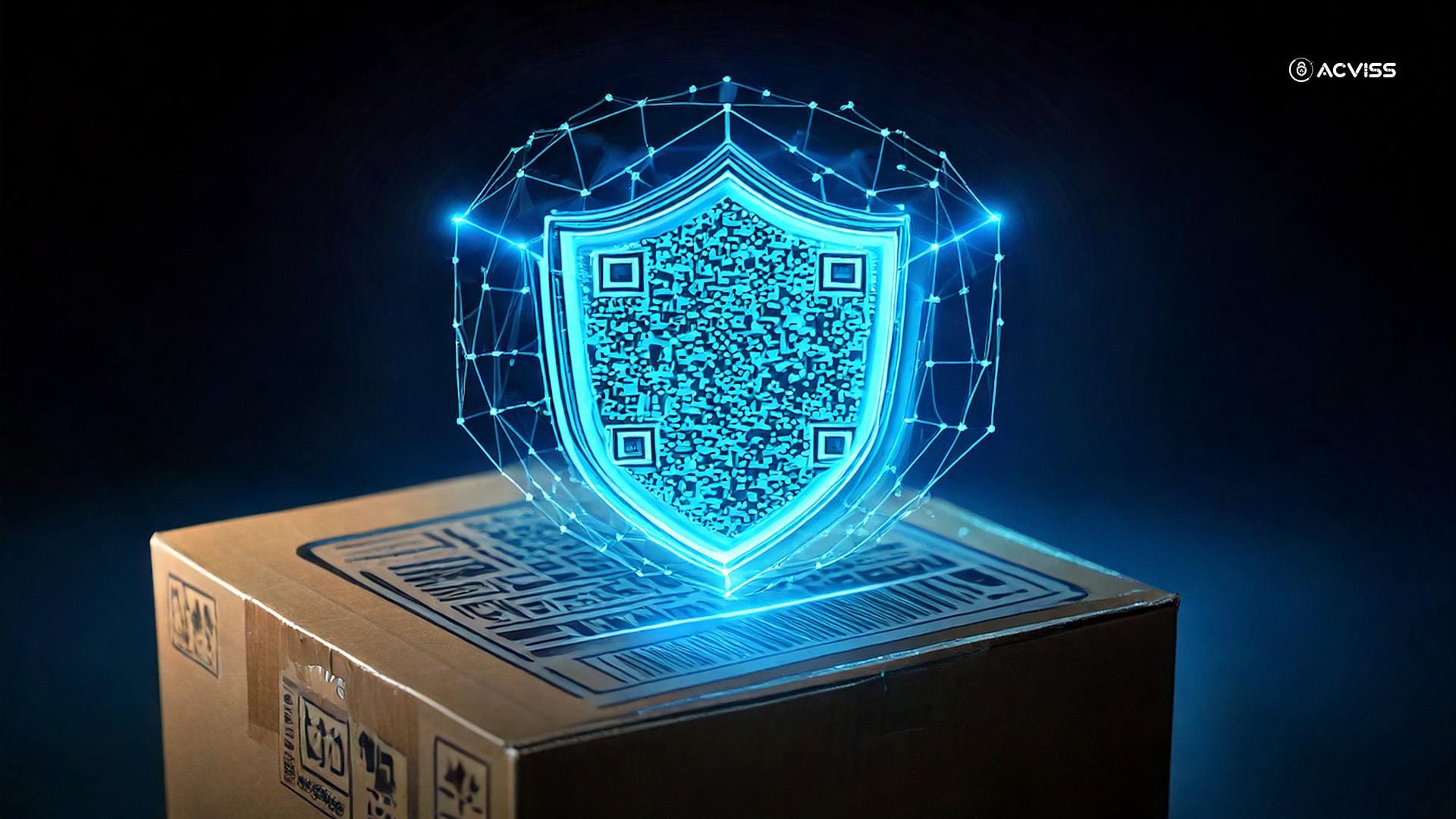
Fighting counterfeiting isn’t just about technology; it’s about creating a culture of authenticity, from product design to customer interaction. Here’s what modern brands must do:
1. Embed Protection from the Start:
Design products and packaging with anti-counterfeit features baked in; holograms, NFC tags, invisible inks, dynamic QR codes, or serialisation should be part of the blueprint, not a retrofit.
2. Go Beyond Legal Enforcement:
Litigation is reactive. Instead, be proactive through partnerships with online marketplaces, customs agencies, and industry watchdogs to share intelligence and build pressure against fakes.
3. Make Authentication a Customer Experience:
Create apps or portals where customers can scan, verify, and even unlock exclusive content through product authentication. This transforms brand protection into a value-add.
4. Educate Internally and Externally:
Run training programs for internal teams and supply chain partners. Launch public awareness campaigns that spotlight the damage caused by counterfeiting, environmentally, economically, and ethically.
The Final Word
Counterfeiting has evolved from a nuisance to a direct, strategic threat to global brands. It’s no longer a siloed issue for legal or supply chain teams; it's a boardroom conversation with serious implications for revenue, brand equity, and consumer safety. The war on fakes is global. But with the right tools and strategy, your brand can stay one step ahead.
Want to protect your brand from counterfeiting? Start with a product authentication strategy tailored to your supply chain. Get in touch with us to start securing what matters most: your brand, your customers, and your future.
